Roborovski Hamster: An Introduction
- Em

- May 8, 2020
- 3 min read
The Roborovski hamster (Phodopus roborovskii), often simply called the ‘robo’, is the smallest of all hamster species weighing an average of 20-25g with a length of approximately 5cm. The agouti (or ‘wild type’, pictured) variety have a plush, sandy coloured coat with white underside however they are available in a variety of patterns in the pet trade: from fully white (platinum, and head-spot), more patchy (pied), to very light coloured individuals (as seen with Husky robos) and even cinnamon and darker brown (known as ‘blue’) coloured animals.

Their natural sandy-coloured coat is a reflection of their natural habitat, with the Roborovski dwarf hamster inhabiting desert regions where they are observed creating their burrows deep into the sand dunes. Due to their favoured habitat, it is important that they are provided with large sand areas in captivity (and it is frequently recommended that at least 1/3 of their enclosure be sand) as they often become excessively ‘greasy’ in the absence of an appropriately sized sand area. However, please do keep in mind the depth of the sand you are providing: while in the wild they will create burrows in sand, as they dig down the moisture levels increase which gives the sand stability and prevents it from collapsing. Giving your hamster access to deep, loose sand poses a health risk as it could very easily crush your hamster. Loose sand areas should only be a maximum of 4-5” deep.
Favoured habitat of the Roborovski hamster is overwhelmingly desert regions. Examples of their natural habitat include the southern range of the Gobi desert, and the sand dunes of the Ordos desert. This has earned them the nickname ‘Desert Hamster’.
Additional Scientific Literature on the Native Habitat of the Roborovski:
Additional Factors to Keep in Mind when Setting up an Enclosure:
Like the Campbell and Winter White (photo example), the robo also has tiny hairs covering their feet. This is said to likely provide a form of protection from extreme surface temperatures in the desert, in addition to increasing the contact area of the foot - allowing them to travel more effortlessly over loose sand. However, this trait accompanied with their very short tails, makes them poor climbers so care should be taken when setting up their enclosure. You can provide them with obstacles, but the hamster should not be able to climb too high as they have overall poor balance and grip. Cork tubes offer even fluffy feet a lot of grip, whereas smooth wooden ladders, even with indents (see example on bottom right) offer poor grip and may cause your pet to struggle & slip.

Social Behaviour of the Roborovski:
They are very quick, fast moving hamsters and even if hand reared this is a trait that is not frequently tamed out of them. They can be very sweet hamsters, but if you want a slower, easier to handle animal the robo perhaps is not the best choice for you. If you want a pet that you can keep as a group, the Roborovski is also not a good choice. They are frequently observed as a loner in the wild (and if not, then as male/female breeding couples - not same sex pairs), and they do not live as a colony unit as is often suggested. Despite it being common to see robos housed in pairs and groups in captivity, these hamsters typically eventually end up attacking each other or even killing each other. In captivity, solitary housing of the robo is arguably the most species appropriate way of keeping.
Click images to swipe through, pause & read.
Related Posts:












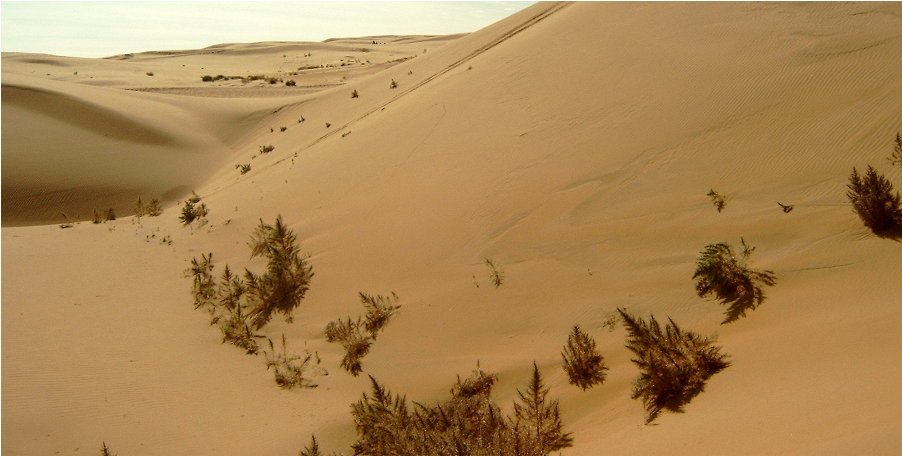





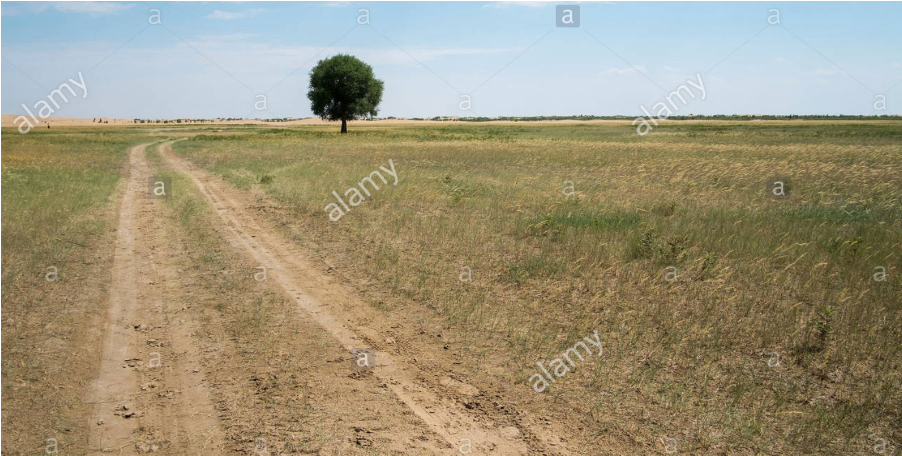

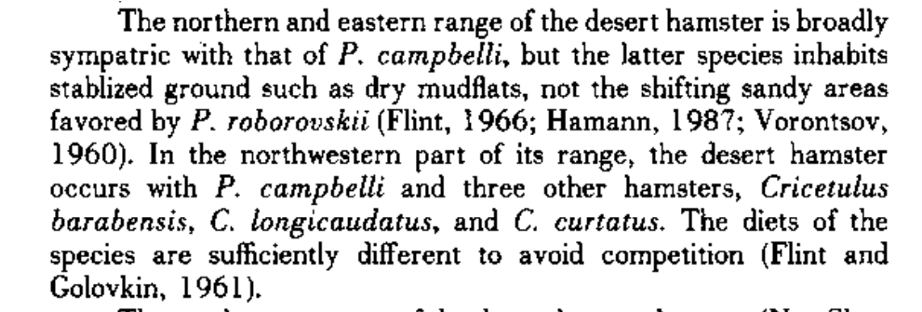

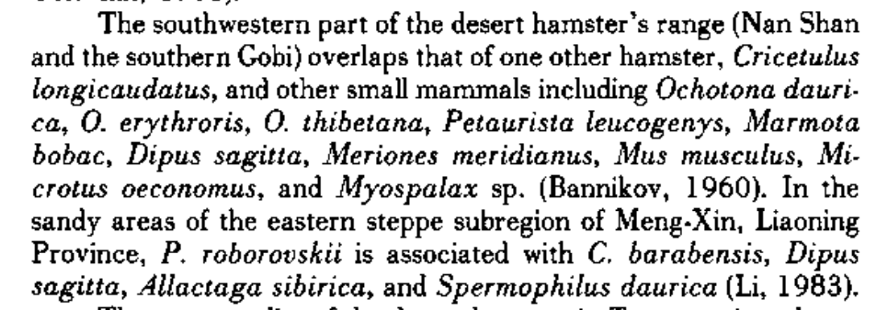




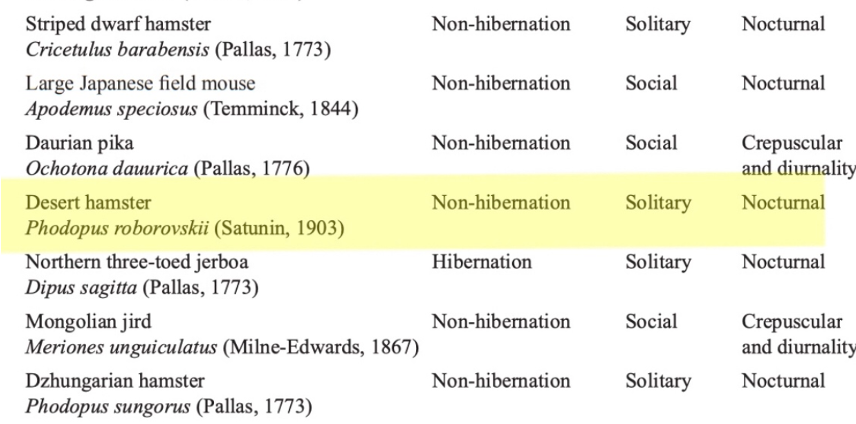




Comments